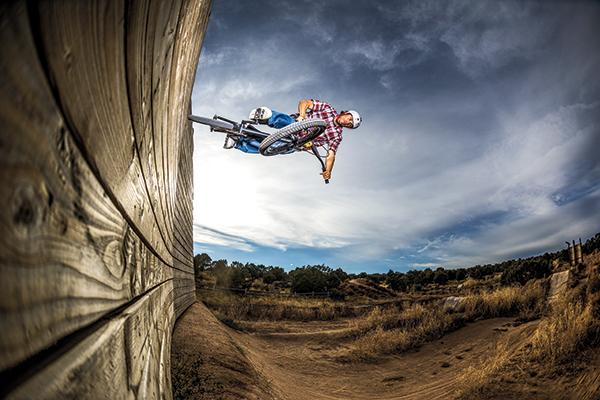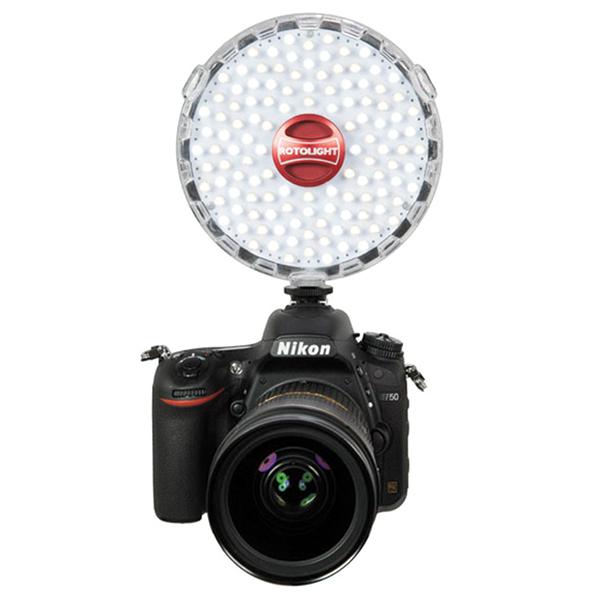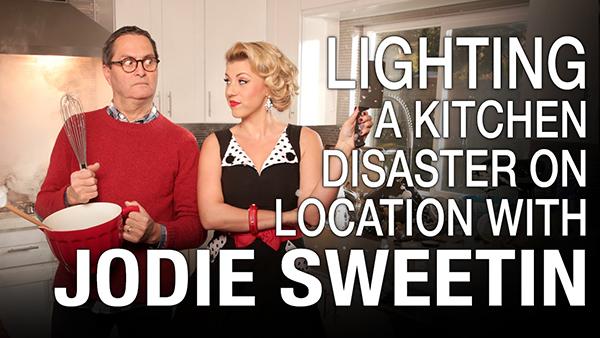Lighting How To
Sort By: Post Date TitlePublish Date
|
May 10, 2016 |
|
May 02, 2016 |
|
Apr 29, 2016 |
|
Apr 18, 2016 |
|
Feb 05, 2016 |
|
Jan 08, 2016 |
|
Dec 18, 2015 |
|
Nov 20, 2015 |
|
Oct 30, 2015 |
|
Oct 27, 2015 |
|
Oct 23, 2015 |
|
Oct 20, 2015 |
















